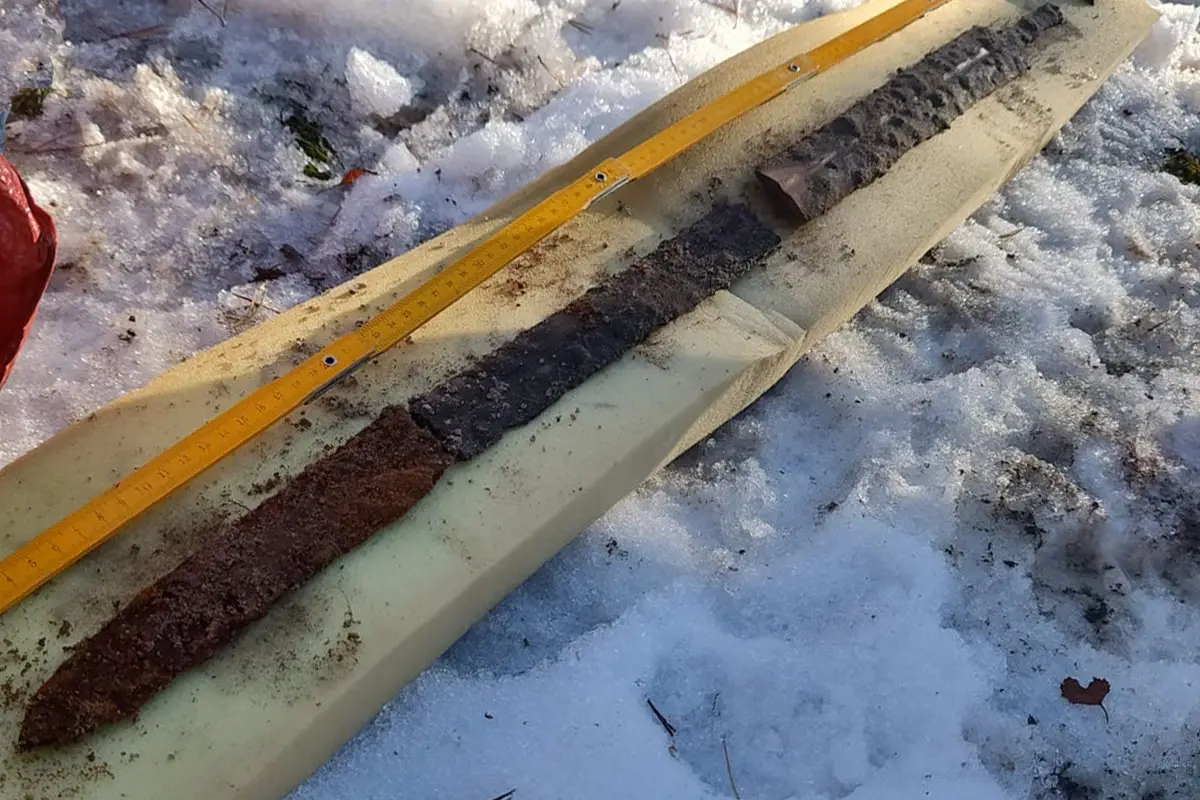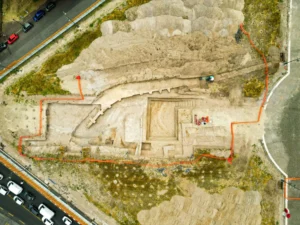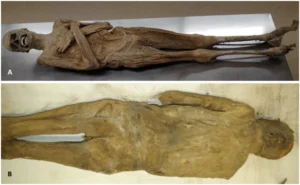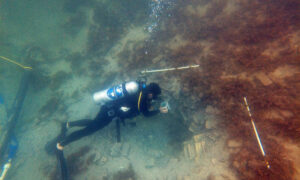
Detectorists discover 2,000-year-old Roman sword while searching for WW2 relics
Members of the INVENTUM Association, a group of metal detector enthusiasts, made an astonishing discovery in Poland’s Kraków-Częstochowa Upland: a 2,000-year-old Roman sword.
The find was made by Rafal Proszowski and Mariusz Lampa while they were searching for World War II relics in the dense forests of the Polish Jura. After reporting their findings to local authorities, the sword was secured by a team from the Częstochowa Museum for further analysis and preservation.
In addition to the sword, the INVENTUM Association reported that the detectorists also uncovered a late medieval axe and three perfectly preserved spurs, which have also been sent to the Częstochowa Museum for detailed examination.
Experts believe the sword is a type known as a spatha, which was used by Celtic auxiliary troops in the Roman army during the 1st century AD. By the 3rd century AD, it had become a standard heavy weapon among Roman infantry. A modified version of the sword, featuring a rounded tip to prevent accidental injury to the rider or horse, was also utilized by Roman cavalry.
The discovery of the sword in three separate pieces suggests it may have been left as a grave offering, likely as part of a funeral ceremony associated with the Prezor Culture. This culture is often linked to a mix of local cultures associated with the Vandals. In regions influenced by Rome, high-status Prezor Culture burials typically included Roman imports, as the deceased were cremated and their ashes placed in urns.
The decline of this culture coincided with the Hun invasions in the late 5th century, alongside other contributing factors such as the collapse of the Roman world and the disruption of trade networks with external societies.
The INVENTUM Association stated, “This discovery sheds new light on the region’s history and confirms that the North Jura still holds many secrets.”
Cover Image: INVENTUM
You may also like
- New Study Suggests Existence of Previously Unknown Crocodile Species: “Human-Eating Crocodile”
- Ancient Papal Residence Unearthed in Rome Ahead of 2025 Jubilee
- Ancient Roman Wooden Water Pipe Discovered Beneath the Streets of Leuven
- Illegal Excavation in Turkey Uncovers Ancient 2,000-Year-Old Roman Mosaic
- Silver Coins and a Hoard from the 11th Century Discovered in Lübs, Germany
- Ancient Roman Road and Rare Artifacts Unearthed in Switzerland
- American Tourist Injured After Falling on Metal Barriers at Rome’s Colosseum
- A Unique Mummification Method Discovered in Austria: The Air-Dried Chaplain
- Costa Rica Shipwrecks Identified as Danish Slave Ships
- Neanderthal Remains Found in Iran’s Zagros Mountains: Kunakhera Cave Reveals 80,000-Year-Old Evidence










Leave a Reply